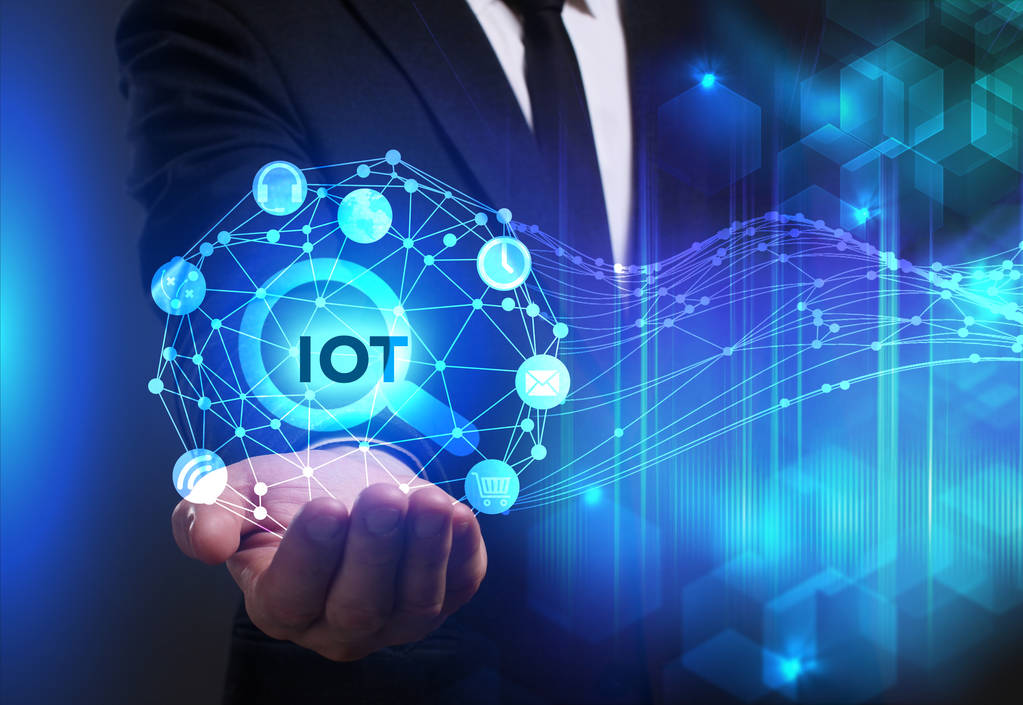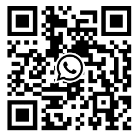As the Internet of Things (IoT) continues to expand, interoperability within the IOT ecosystem has become a key issue. As the number of IoT devices and platforms continues to increase, it is critical to ensure that these systems communicate and work together. This paper explores in depth the challenges of interoperability in the IoT ecosystem and discusses strategies to overcome these barriers to ensure seamless integration and functionality.

Understand the interoperability in the Internet of Things
The IoT ecosystem is growing rapidly, including a variety of devices ranging from household appliances to industrial sensors. By 2023, the number of connected iot devices worldwide has reached the billions, and this number is expected to grow exponentially. This growth, while promising, also brings complexity and challenges to maintaining interoperability between different systems.
Interoperability in IoT refers to the ability of different IoT systems and devices to communicate, exchange, and interpret shared data without manufacturer, model, or operating system limitations. This is critical for creating highly efficient, scalable, and sustainable IoT ecosystems.
The challenge of achieving interoperability
· Diversified hardware and standards: Iot devices are produced by a number of manufacturers with different hardware configurations and standards, making interoperability a major challenge.
· Various communication protocols: IoT devices use a range of communication protocols, such as Wi-Fi, Bluetooth, Zigbee, etc., and these protocols often lack uniformity, further complicating interoperability.
· Data format and semantic differences: Even when devices can connect, differences in data format and semantics can hinder effective communication and data exchange.
· Security issues: Considering the different security protocols and standards, ensuring secure data exchange between devices while maintaining interoperability is a complex challenge.
Policies to ensure interoperability
· Use of common standards and protocols: Development and adoption of general standards and protocols is essential. This includes efforts made by organizations such as IEEE, IETF and ISO to create and promote widely accepted standards.
· Open Platforms and APIs: Encourage the use of open platforms and application programming interfaces (APIs) to enable different devices and systems to communicate more seamlessly.
· Modular design and framework: Implementing modular design in IoT devices can promote interoperability because it can integrate components from different manufacturers more easily.
· General data model and semantic framework: Establish a general data model and semantic framework to ensure that the data exchanged between devices is consistently understood between different systems.
The role of industry alliances
Industry alliances play an important role in promoting IoT interoperability. Organizations such as the Open Connections Foundation (OCF), the Industrial Internet Alliance (IIC), and the Zigbee Alliance are committed to creating unified standards and certification programs for IoT devices and systems.
Governments and regulatory agencies
Governments and regulators are increasingly involved in developing guidelines and regulations to promote the interoperability of the Internet of Things. This includes developing compliance standards for security and data privacy, as well as encouraging the adoption of common standards.
The importance of testing and certification
Testing and certification are essential to ensure interoperability. This involves rigorous testing of IoT devices and systems to ensure that they can operate seamlessly across different ecosystems and meet established standards.
Case study: Successful cases of interoperability
Multiple industries have successfully implemented an interoperable IoT ecosystem:
· Smart Home Technology: Companies such as Apple, Google and Amazon are working to build an interoperable smart home ecosystem that allows different brands of smart home devices to communicate.
· Healthcare: Interoperable Iot systems in healthcare can enable better data sharing across a variety of medical devices, thus improving patient care and operational efficiency.
· Manufacturing: In manufacturing, interoperable Internet of Things systems simplify the production process, allowing different machines and sensors to work together.
Future trends and developments
Looking ahead, the trend of the Internet of Things is to enhance standardization and interoperability. This includes the development of more sophisticated AI and machine learning algorithms to manage and facilitate the interoperability of complex IoT ecosystems.
sum up
Interoperability remains a key challenge in the expanding IoT world. However, significant progress is being made through collaborative efforts, the adoption of common standards, and the implementation of robust testing and certification procedures. As we grow, the focus on interoperability will continue to grow, playing a key role in the success and sustainability of the IoT ecosystem.
Contact: Qui
Phone: 18146178586
Tel: 18146178586
Email: qui@zonewu.com
Add: 1501-3, Building F03, Phase III, Software Park, Jimei District, Xiamen City, Fujian Province, China
